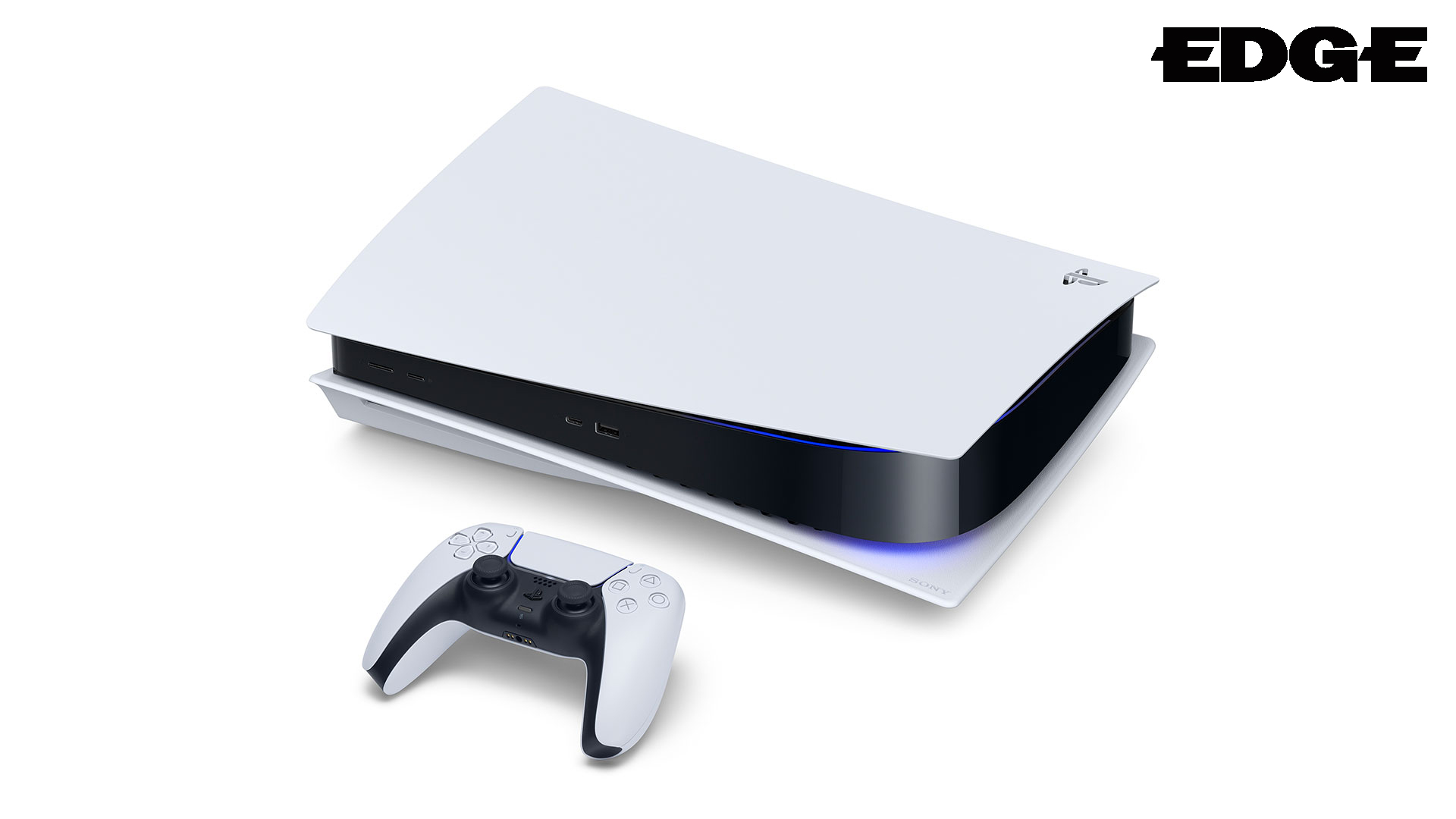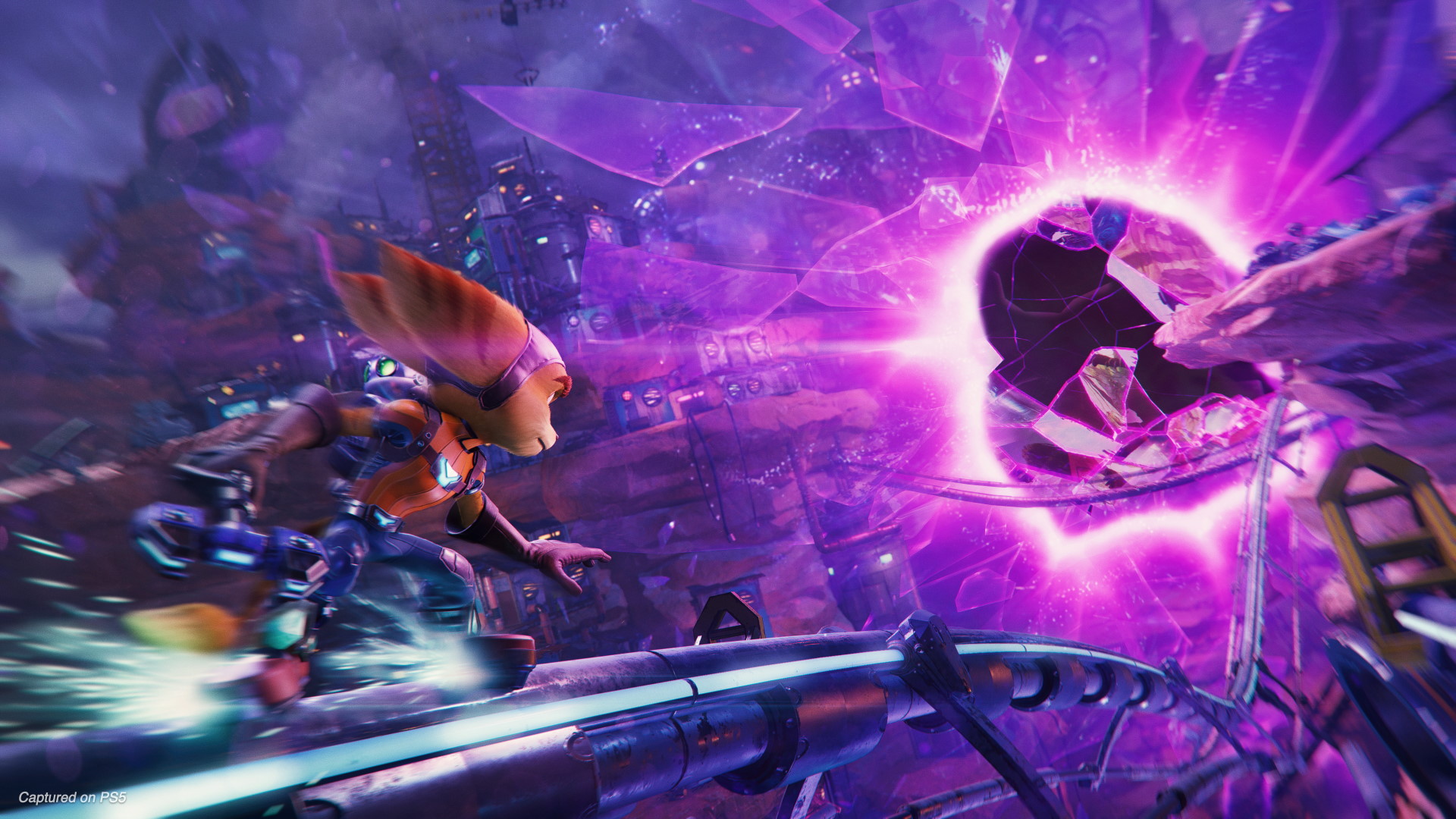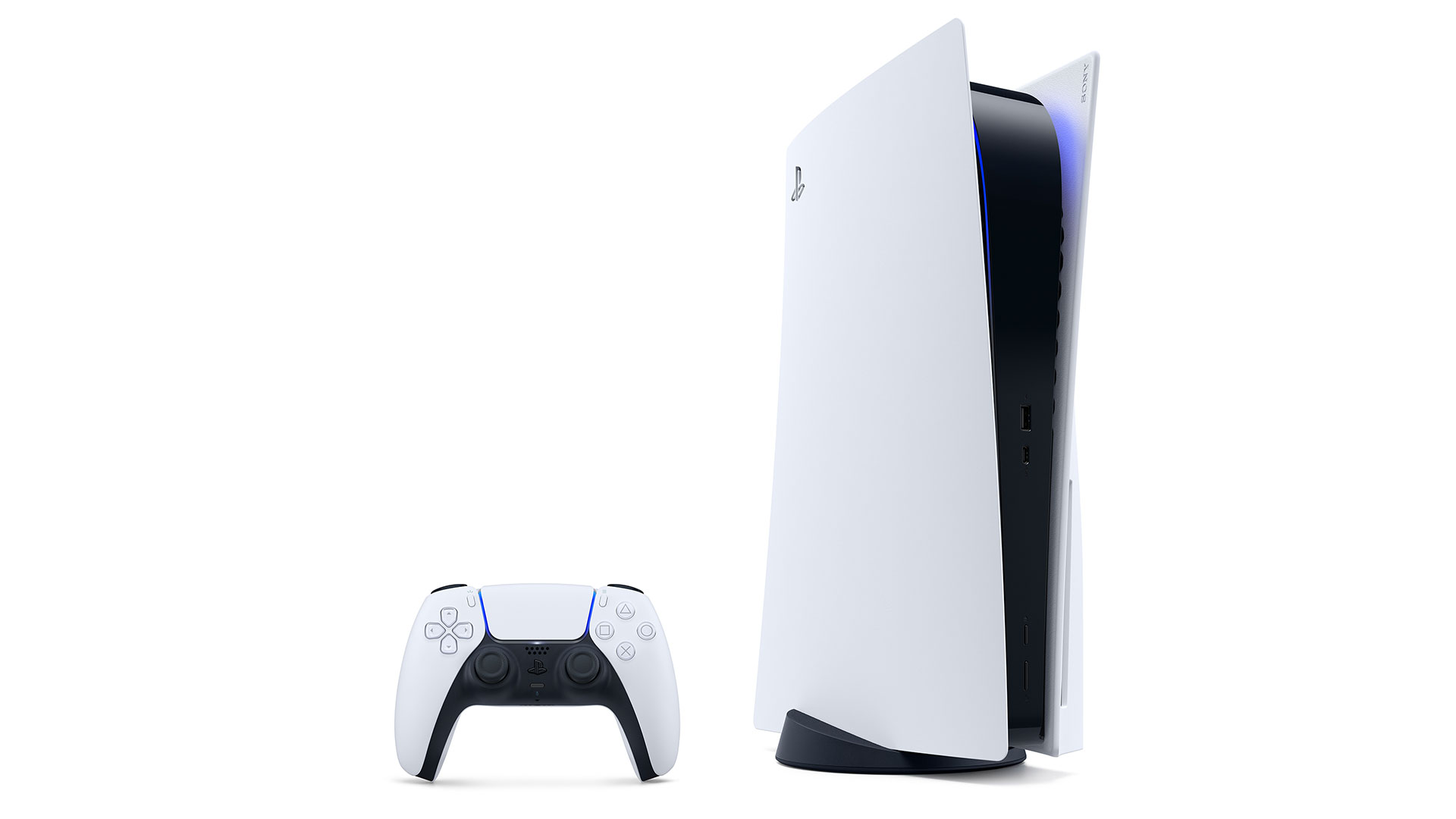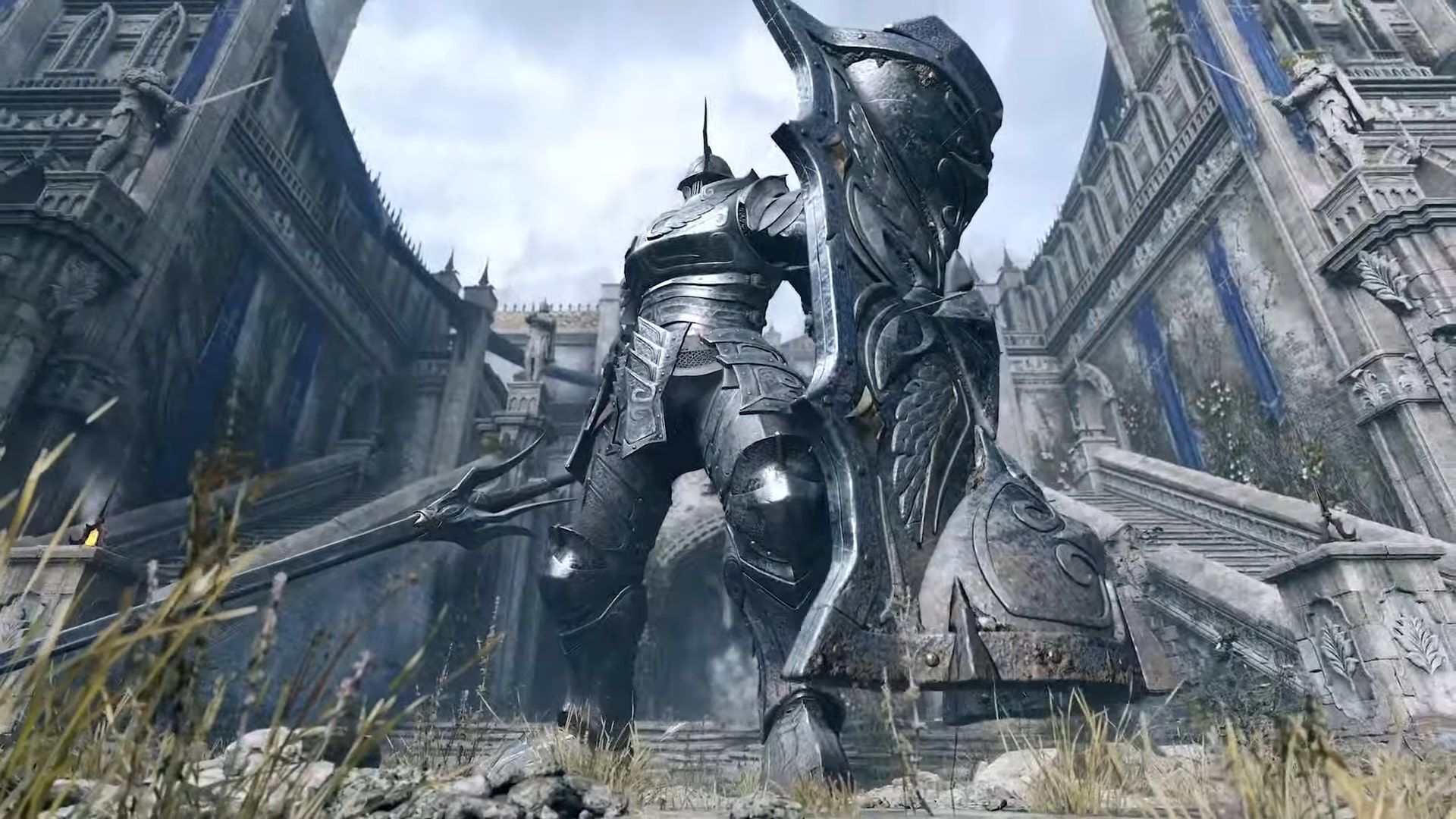In a strange, formative summer, Sony plays the long game with PS5 – and leaves Microsoft room for a comeback with Xbox Series X
As the biggest week in games went all-digital, Edge Magazine weighs in on the current state of the next-generation


This feature first appeared in Edge Magazine. If you want more great long-form games journalism like this every month, delivered straight to your doorstop or your inbox, why not subscribe to Edge here.
This year, as it does every year in June, the biggest week in the video game industry rolled around. And then it kept on rolling – well into the tail end of the month, and through half of July. We thought seven days of E3 was exhausting; two months of it has proved devastating to our very perception of time itself.
Technically, we shouldn't call it E3. Back in March, just as Covid-19 started to take a firm hold in the west, the ESA cancelled the expo the industry has traditionally built its entire schedule around. Much has been made of the slow death of E3 over the past few years, as publishers and platform holders have increasingly migrated away from the biggest showfloor in the world and further across the sprawling concrete jungle of Los Angeles. We wondered in Edge 335 whether this year's show would "bring everything back together, or drag it even further apart". With the advent of a global pandemic, it looked like we had arrived at our answer rather sooner than expected.
Interestingly enough, however, just about everyone with any kind of platform rushed to fill the vacuum. In a natural digital continuation of what's been happening for a good while now, many of the biggest names in video games broadcast their own shows in their own sweet time, Microsoft's 20/20 event, EA Play Live 2020 and Ubisoft's UbiForward among them. And then so did everybody else and their mothers: from IGN's four (four!) all-day expos to the new indie-focused Guerrilla Collective, the Upload VR Showcase to the Summer Game Fest announcements from a newly-energised Geoff Keighley, who has clearly smelled blood in the water and is homing in on the at-sea events scene with all the terrifying efficiency of a shark that subsists entirely on world exclusives.
Rather than making a mad dash across the city through LA traffic in a series of Ubers, then hushed apologies as we slide into our seat in an air-conditioned conference room five minutes past due, our show schedule this year went thusly: finish work for the day; make dinner; pour ourselves a drink; check Twitter; discover there's yet another digital event thing going on that we have forgotten to pencil in; load up a stream while cursing our lockdown-addled internet connection; roll in late and half-cut. (On that last point, at least – plus ça change.)
Some things never change

It was a strange, diffuse affair, all told. On a positive note, a completely remote show circuit meant that there were more stages for a much wider range of projects: plenty more indie developers got their moment in the sun as organisers looked to fill out their rosters and runtime, and thousands of viewers tuned in. The monkey's paw element of it all was in oversaturation, and the inevitable result that the vast majority of titles immediately passed from memory. When everybody's in the spotlight, it seems, nobody is. The game industry has faced huge problems with curation in the last decade due to the sheer number of games being released; this year, the same issue ran rampant in the show circuit, with no one camp – not even Keighley's, which made the most strategic attempt – quite able to meaningfully unite things under one (virtual) roof for the benefit of everybody. If this year was an opportunity for the game industry to figure out who'd run the biggest event of the year in the ESA's absence, it came up largely empty-handed.
Still, there was one real moment of harmony within a very disconnected show season. After taking the previous year off, and a series of disjointed teases, blog posts and ill-advised tech talks, Sony came out swinging with its first real showcase for PS5. It was, to all intents and purposes, a success: it was the first time in months when it truly felt as though everybody in the industry was on the same giddy page – and on the same stream, to the tune of about seven million viewers. What it wasn't was the bearer of the incontrovertible proof we'd hoped for: a reason to rush out and buy the console on release day. We'd heard pre-show whispers from insiders who swore this presentation would rival the heights of E3 2015; instead, we watched as a steady stream of gorgeous-looking, but ultimately conventional, games were paraded before us.
Indeed, Sony kicked off proceedings with a game from two generations in the past. GTA 5 remains a multi-million dollar powerhouse to this day, no question – but in a showcase that purported to show us "the future of gaming", it was an unexpected choice of opener. More predictable PlayStation mainstays came later: the announcement of Horizon Zero Dawn sequel Horizon Forbidden West; confirmation of a supernaturally-inclined Resident Evil Village; Hitman 3 looking glitzy but familiar with a Dubai level; another glimpse at Shinji Mikami's GhostWire: Tokyo; the reappearance of Oddworld: Soulstorm; and, in time-worn E3 showcase tradition, some thoroughly uninspiring fantasy brawling set to a hip-hop track, courtesy of Godfall.
Weekly digests, tales from the communities you love, and more

The audience was champing at the bit for a swaggering display of PS5's power, to the point that a deliciously E3-style conspiracy started to circulate online that the spokespeople and developers on the livestream were, in fact, not actually real but renders made with PS5 and Unreal Engine 5. (Sony would later quash these rumours, simply remarking that people were asked to film their own sections from home due to the ongoing pandemic; popular explanations for the uncanny shininess of Hermen Hulst and others include some form of post-processing being added to low-quality recordings to bring them all in line with each other.)
But there were very occasional glimpses of what the "generational leap" promised by CEO Jim Ryan might look like – most notably in the new Ratchet & Clank adventure, Rift Apart. Gameplay footage showed the titular Lombax falling through a number of portals and into parallel dimensions: a prehistoric desert city, a bustling daytime metropolis, a dark and perilous ocean beset by pirates and kraken, each one fully realised and explorable. This was the big SSD flex – an example of how this lightning-fast (and pricey) addition to the hardware will cut down loading times so far as to be almost unnoticeable, and how it might well spark game designers' imaginations in the future, as well as enable them.
But it wasn't an especially well-telegraphed reveal: in all other respects, this was a Ratchet game that looked visually quite close to 2016's PS4 outing. Disappointing, perhaps, but hardly surprising: the first years of a console life cycle are a transitional period, during which developers get to grips with the hardware and figure out what it's capable of, before attempting to push its limits. Still, the current confirmed PS5 launch games amount to Astro's Playroom (which will come pre-loaded on the console, and does, admittedly, look as lovely as you'd expect) and, er, Fortnite, in case that one passed you by until now.
It's all about the hardware


A Demon’s Souls Remastered announcement brought word of a 'Fractured Mode' on PS5: one for visual fidelity, and the other for a higher framerate. So much has been made of the power of these next-generation consoles that this continued solution of 'performance mode' and 'quality mode' can’t help but sting a bit – are we really that far away from having our graphical cake and eating it too? And doesn’t it rather defeat the point of a remake? Yet again, there's room for Xbox to respond by laying down some rules for the next generation – 60fps as a certification requirement would undeniably turn plenty of heads. With the forthcoming Assassin's Creed Valhalla already purporting to run at a "minimum" of 30fps, though, that ship may already have sailed.
We did, at least, finally get a look at the box itself. PS5 burst forth from a pulsating mass of globules (to a soundtrack so tech show-generic that it's almost certainly labelled on a laptop somewhere as hardwarerevealmusic.mp4) to show off its curves. The asymmetrical design is diametrically opposed to the monolithic, eminently stackable Xbox Series X revealed what now seems a lifetime ago at last year's Game Awards; while the latter has a trypophobia-inducing number of vents on the top and bottom to cool the machine, the newly-revealed former takes an amusing kind of 'popped collar' approach to the problem, with parallel vents running up and away from each other in an emblematic 'V' shape (so hot right now). It feels for all the world like a design statement. The machine on which you play your games, Sony seems to be saying, should behave and look like a machine on which you play your games – individual, futuristic, even a little bit goofy. To which we say: that's all very well, but we have no idea how it's going to fit into our home entertainment systems, aesthetically or indeed otherwise.
A potential answer did arrive soon after in the form of an alternate edition of the console, announced with much fanfare: a more symmetrical, slimline machine that does away with the disc drive entirely. Again, we had an inkling things might be heading this way after our conversation with Epic's Tim Sweeney last issue, who insists that physical discs are in many ways holding back innovations in games: untethering games from discs and transferring them to the cloud could give game developers the freedom to be more flexible and ambitious with the kinds of worlds and experiences they create. What is clear from the arrival of this disc drive-less PS5 is that the technical clout of this next generation of consoles is making it a genuine possibility, and that Sony is keen to continue pushing for it.
It will, of course, have to convince the punters. Many of us are still very attached to the idea of physical media – cough – and encouraging players to migrate their collections to the digital ether won't be an overnight job. We imagine this is where price point will factor in: at time of writing, neither Sony nor Microsoft have revealed their pricing, doubtless engaged in a good old-fashioned game of commercial chicken. What does seem assured, however, is that the disc-less version of PS5 – which, make no mistake, has the potential to be eye-wateringly expensive given the technology it's packing – will be slightly more wallet- friendly than its older sibling with the dropped hip and the drive.
For all the bombast, then, it was a relatively subdued start to Sony's next generation. Perhaps the electric atmosphere of an auditorium filled with breathless peers, instead of a living room fetchingly draped in the evening's laundry, might have amped up the drama somewhat; there were also post- show rumours that a big-hitter or two was pulled from the lineup at the very last minute. In actuality, we suspect that it was indicative of a generation that, more than ever, will take a certain period of time to truly show its colours.
All eyes on Xbox

There's still time, in this never-ending not-E3 season, for Microsoft to prove us wrong with its July event: indeed, Sony's showing was far from decisive. The ball is now firmly in the court of Xbox. Sony is showing an admirable determination to move forward for the sake of game development as a whole: Ryan recently confirmed that PS5's lineup will feature games that won't be backwards-compatible, telling Gamesindustry.biz that his company "believe[s] in generations". While understandable as a long-term view for the future of the industry, it's a comment that runs the risk of appearing bullish at a difficult time where fewer people than ever will be able to afford a brand-new console.
Microsoft is already touting Game Pass and Smart Delivery (which gives you the upgraded Series X version of any game you've previously bought, for free) as a way to ensure your first day with its new console will be packed with great games to play. Were it to go even further and offer Xbox Series X at a reduced price to account for post-Covid-19 budgets, the resulting goodwill from players might just tip the start of the new generation in its favour. Whatever the PlayStation response to Halo and Fable on Game Pass at launch would be, we'd like to see it.
Perhaps we will yet. One thing's for sure: this year's week of madness is far from over, and has aged us several decades already. It's been a slow, unfocused start to next gen, thanks in part to an already-struggling show season failing to find its footing at late notice and on difficult terrain. It's the one time of year where we expect the unexpected, but there was too much of the familiar here, too little to inspire wide-eyed escapism at a time when we need it most. We accept that a part of that could well be because this year, it all took place in our (largely) pyrotechnic-free living rooms.


Sam Loveridge is the Brand Director and former Global Editor-in-Chief of GamesRadar. She joined the team in August 2017. Sam came to GamesRadar after working at TrustedReviews, Digital Spy, and Fandom, following the completion of an MA in Journalism. In her time, she's also had appearances on The Guardian, BBC, and more. Her experience has seen her cover console and PC games, along with gaming hardware, for a decade, and for GamesRadar, she's in charge of the site's overall direction, managing the team, and making sure it's the best it can be. Her gaming passions lie with weird simulation games, big open-world RPGs, and beautifully crafted indies. She plays across all platforms, and specializes in titles like Pokemon, Assassin's Creed, The Sims, and more. Basically, she loves all games that aren't sports or fighting titles! In her spare time, Sam likes to live like Stardew Valley by cooking and baking, growing vegetables, and enjoying life in the countryside.


